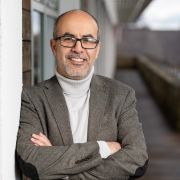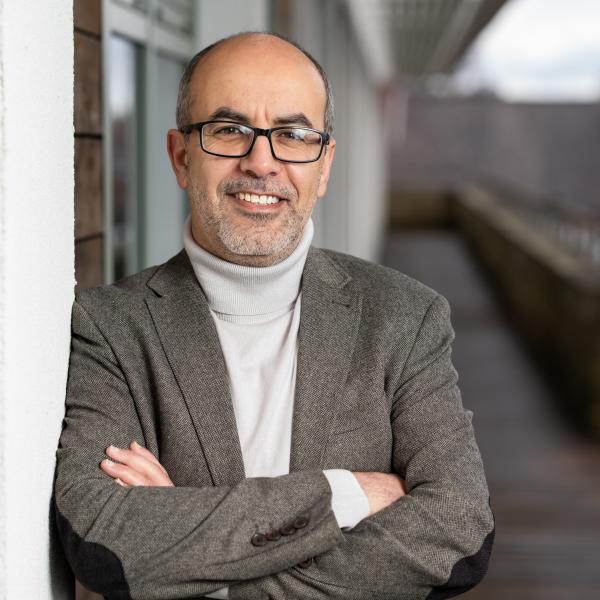From lab bench to clinical trial: finding a treatment for an unseen disease
from Professor Mimoun Azzouz

"There’s a unique, profound satisfaction to witnessing a scientific discovery progress into life- changing treatment.
We have developed a novel adeno-associated virus (AAV) gene therapy to treat Hereditary Spastic Paraplegia, Type 47 (SPG47), a rare and devastating neurodevelopmental disorder.
What began in the lab is now finally going to clinical trials.
My personal journey with SPG47, began in 2018 with Chris and Kasey Edwards, a hopeful couple based in Boston, USA, who approached me about their child who was living with the disease which is caused by abnormalities in a gene called AP4B1.
The mutation in this gene leads to a loss of function, manifesting early - even before birth. Crucially there is no treatment or cure. And that is where our work comes in.
At the time, SPG47 wasn't a disease my research group was looking at. The couple had approached other research teams, but what ultimately drew them to us was Sheffield’s strong, established track record in gene therapy. We've earned a global reputation as leaders in this field, with our translational neuroscience research initiatives and the groundbreaking discoveries emerging from our labs.
Once our proposal was accepted, we got to work.
The innovative AAV gene therapy works by delivering a healthy copy of the AP4B1 gene directly to the neurons in the brain, utilising a modified virus as a vehicle. Crucially, once the virus has delivered its therapeutic payload, it doesn't replicate. This is a critical safety feature, one that is absolutely essential for gaining the US Food and Drug Administration (FDA) approval to enter clinical trials.
In April this year, the FDA approved our Investigational New Drug (IND) application to begin Phase 1/2 clinical trial - an incredibly exciting but equally daunting stage.
But this journey has been far from easy with challenges around every corner.
The first challenge is the weight of expectation. You're constantly aware that you need to deliver; the parents and their children are waiting, their hopes pinned on your efforts. The second challenge was ensuring we had the right people in our team. This work demands highly skilled individuals, and I'm immensely proud of the expertise and dedication of every person who contributed. And then there was the third challenge: this entire program unfolded in the middle of the COVID-19 pandemic.
In projects of this magnitude, we rely on a vast network of contract organisations, each playing a vital role. Collaborations are key, and our close work with Boston Children's Hospital and regulatory consultants was instrumental in navigating the complex pathways towards FDA approval.
So, how did we get through these obstacles? For me, the answer is simple: The team commitment and drive was amazing. I love what I do. When I wake up early in the morning, I know that I'm going to a job that has the potential to make a real, tangible impact on people's lives."


